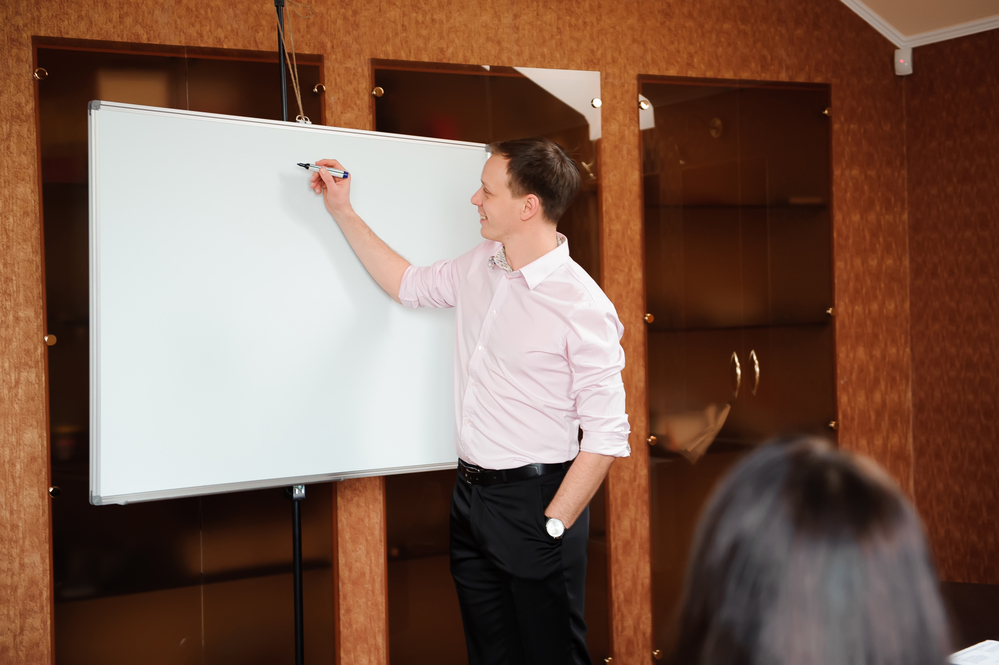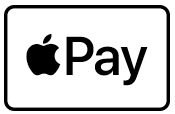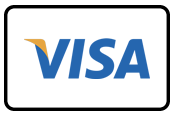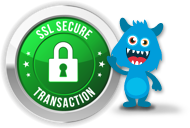
Whiteboards Vs Glass Writing Boards
The Whiteboard
The whiteboard is a white-enameled or otherwise smooth-coated surface that is written on with a dry, erasable pen. The ink does not adhere or absorb into the enamel surface, making the pen both very easy to write with and with little stress on the hand while writing. The ink, regardless of color, is easy to erase when needed and does not leave a dusty residue.
The advantages of whiteboards have proven their worth over their sixty-year history in replacing the standard blackboard that was used for centuries before the invention of the whiteboard. Dry-erase pens come in a variety of colors, sold in sets of three or four contrasting colors. More colors are available in single purchases. The pens are available in a series of pen tip sizes, including a broad, flat tip for bold writing and filling in of illustrations.
The eraser effortlessly removes the ink from the whiteboard, so clean-up is quick and residue-free. Occasionally, if writing remains on the whiteboard over a longer period, a cleaning fluid is available to assist complete cleaning of the surface. The only care required for the pens is to assure they are properly capped when not in use to avoid drying the tip.
The Glass Writing Board
One of several conveniences now available as an optional board instead of a whiteboard are glass writing boards, also available in a variety of sizes and which have all the features of whiteboards mentioned above, but the material of the board is a clear or tinted and tempered smooth glass for use in conjunction with the standard dry-erase pens and eraser as used on whiteboards. The glass can be mounted on the wall with near-invisible mounts at the four corners to give the appearance that the glass is floating on the wall.
The only preliminary caution before mounting a glass writing board is to be certain the wall behind the glass does not have interfering patterns such as patterned wallpaper that would interfere with seeing what is written or drawn on the glass. That said, one feature that might add flair to the overall interior design of the room where the glass is mounted is to have a subtle but interesting wall surface, such as tile or stone, or textured paint. This wall architectural treatment may have the effect of the glass not being there at all, as if what is written on it is on the wall surface itself; a truly stunning effect on an otherwise very utilitarian device.
Care should also be taken when cleaning glass writing boards to assure that no abrasive material is used that could scratch the glass and mar its appearance.
In the roughly sixty-year history of whiteboards, they have proven their worth in schools, offices and in the home for quick, temporary communication. They are available in a variety of sizes to accommodate these diverse uses. The added flair of glass writing boards only enhances the effect. Glass writing boards are the easy, handwritten messaging medium of choice with glaring design improvement.





